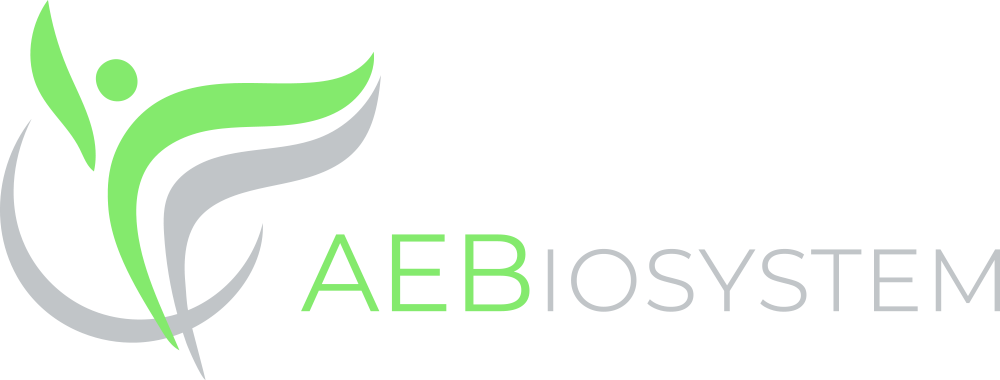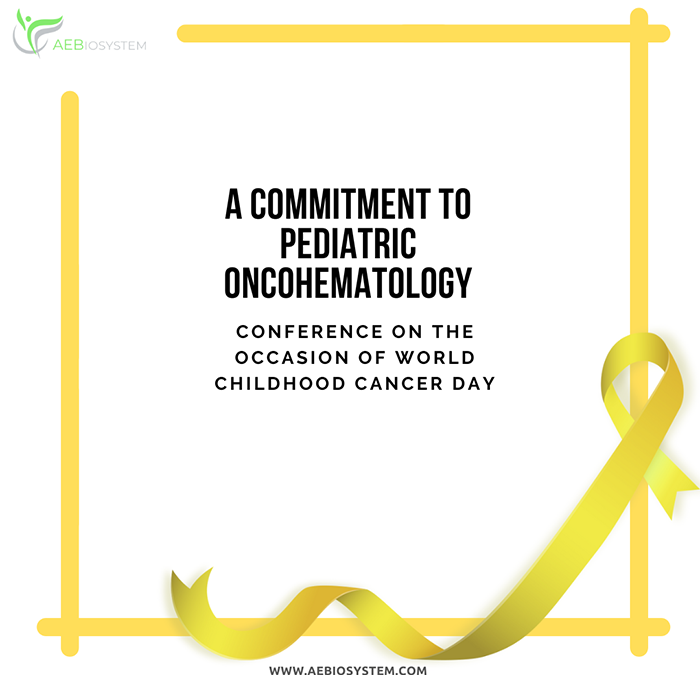On the occasion of World Childhood Cancer Day on Feb. 15, 2023, Advanced Electronic Biosystem’s team participated in the Conference “A Commitment to Pediatric Oncology: patients’ rights and needs during and after treatment,” held in Rome at the Capitular Hall of the Senate.
In Italy, about 1,500 children and 900 adolescents are diagnosed with oncological disease each year. Thanks to scientific advances, about 80 percent of them successfully complete the healing process (as far as leukemias and lymphomas are concerned, brain tumors, neuroblastomas and osteosarcomas are to be excluded in these data).
The Conference was structured in three parts:
– The first illustrated pediatric oncohematology in Italy and beyond;
– In the second, the time of “after,” from the perspective of comprehensive rehabilitation;
– In the third and last, the role and perspectives of the host and involved associations.
At the conference table, we had the pleasure and honor to meet and listen to leading figures in the field, including:
– Dr. Paolo Viti, President FIAGOP, Federazione Italiana Associazioni Genitori e Guariti Pediatric Oncohematology Onlus;
– Dr. Arcangelo Prete, President AIEOP, Italian Association of Hematology Oncology Pediatric.
In the first part of the Conference, President FIAGOP explained the issue of research assistance and the commitment to offer help to families. In fact, when we talk about cancer, we often dwell on the “time of before and during,” that is, the prevention, diagnosis and treatment phase. In the view of the time of before, the government is in fact moving toward a pediatric screening program, for an age group ranging from 0-17 years for early detection of diseases such as type I diabetes and celiac disease. We thus lose sight of the “later time.” A healed child needs to be FOLLOWED. An illness never ends with the cessation of drug treatment: the emotions and experiences related to it remain and need psychic processing, in order to face the future without the baggage of anxieties accumulated in the course of treatment. A healthy mind facilitates the healing process; a mind that becomes ill along with the body often and willingly counteracts the treatment.
The AIEOP President outlined the work of his Association, which was founded in 1975. The goal is to stimulate Research and the development of Healing Protocols, and to update and refine the Case Registration Database. “A good politician must be a participatory observer in the fight against cancer, in order to foster every right of the patient and families.” The child who receives a cancer diagnosis also involves his or her entire family, so “giving a good quality of life to patients before, after and during is something that goes hand in hand with treatment.” The Associations’ task is also to accompany physicians: “the strength of an Association that puts itself in the field is stronger than the strength that a physician left alone can express.” “The comprehensive care of the pediatric oncology patient presupposes the care of his family,” this is the message of Health Minister Orazio Schillaci. The adolescent is a special patient at a special stage of life. He therefore needs a multispecialized team to take care of him, a team that finally sees the figure of the Psycho-oncologist involved. The economic factor was also discussed: families necessarily need financial support, as the expenses to be borne are multiple and expensive.
On the other hand, Dr. Franca Fagioli, Department Director of the Regina Margherita Children’s Hospital in Turin and former AIEOP President, argued that “at the center of treatment, in addition to patient and family support, there is also research, which is ambitious and full of hope and support.” He illustrated the model of pediatric oncohematology in Italy. Fundamental to the 49 AIEOP centers established was the creation of a registry in which every child who receives a diagnosis in their centers has a centralized registry and diagnostics. These are:
– User Centers: where the patient receives the diagnosis;
– Provider Centers: centers that monitor and supervise the process.
Dr. Monica Muraca from IRCCS Istituto Giannina Gaslini in Genoa, Italy, explained the functionality and effectiveness of SurPass, the “Passport of the Healed.” The Passport of the Healed or “Passport to Long-Term Survival” is a document available in both paper and electronic format, translatable into multiple languages, delivered to each child/adolescent who finishes the therapeutic program planned for him/her and containing:
– In the first part, the detailed history of the disease (type of tumor, clinical and biological features, treatment, etc…);
– In the second part, the patient’s General and Personalized Recommendations.
It was developed through a European grant (ENCCA) coordinated by Dr. Riccardo Haupt, a pediatric oncologist and epidemiologist at the Gaslini Institute in Genoa, with input from physicians throughout Europe and with the involvement of parent associations and LSTPs themselves. There is the possibility of its inclusion in the ESF, and it is classified as a Class I Medical Device. Children and young people, treated and cured of pediatric cancer, will be able to receive the Healed Person’s Passport and, if they wish, be followed in a long-term monitoring to prevent and/or diagnose in time any side effects, related to the therapies received, that could appear even years after the cure. The two Centers devote special attention to the prevention and follow-up phase. The patient, regardless of age, will be followed by specialists in the field. It is the responsibility of the health care system to take charge of the long-term follow-up of such individuals by involving a multi-specialty team (endocrinologist, pulmonologist,gynecologist, cardiologist, psychologist, etc.).
Dr. Laura Diasco, in her speech, presented “the Right to Oblivion,” that is, the individual’s right not to see continually reproposed by the media news referring to his or her person that, due to the passage of time, has lost the characteristics of public interest and social utility. So, from this perspective, the right to be forgotten is not a mere expression of the right to privacy, but rather constitutes a reflection of it, posing itself as a protection of the intimate sphere of the individual, whose stored data require specific means of protection, including the possibility of obtaining their removal, once the prerequisites and requirements for the lawfulness of their processing have ceased to exist. The child/adolescent has the right to “forget,” should he or she so desire.
And with that, Dr. Diasco continued her speech by talking about the International Convention on the Rights of the Child and Adolescent, approved by the United Nations General Assembly on November 20, 1989, which and still constitutes an essential reference for those who work in the field of child protection, especially for those who take care of their health. It dealt especially, with the rights of the child/adolescent in the hospital, including:
The child has the right to the enjoyment of the highest attainable degree of health;
The child has the right to “comprehensive” care;
The child has the right to receive the best level of care and assistance;
The child has the right to be informed about his or her health condition and the procedures to which he or she will be subjected, in language that is understandable and appropriate to his or her development and maturation.
And he continued with the rights of the dying child, a somewhat poignant continuation of which we many times forget, written within a vitally important document “The Dying Child’s Bill of Rights” (or Trieste Charter), developed by a multidisciplinary team of experts, defines ten rights of the child and provides useful guidance for all professionals who have to manage minor patients at the end of life. These include:
To be considered a “person” until death, regardless of age, place, situation or context;
To receive appropriate treatment of pain and physical and mental symptoms that cause suffering, through qualified, comprehensive and continuous care;
To have family and loved ones adequately assisted in organizing and participating in care and supported in coping with the emotional and management burden caused by the child’s condition.
At the end of the Conference, we can say that the focus of the forces in the field is on what as we mentioned at the beginning, is the AFTER time: Diagnosis – Observation – Prevention – Oncology. A time that, in the absence of adequate support from various points of view, risks compromising the person’s independence.
A Conference rich in topics and opening up scenarios of positivity and expectations, they hope will not remain just words, but will be translated into deeds and concrete actions in favor of the pediatric oncology patient.

